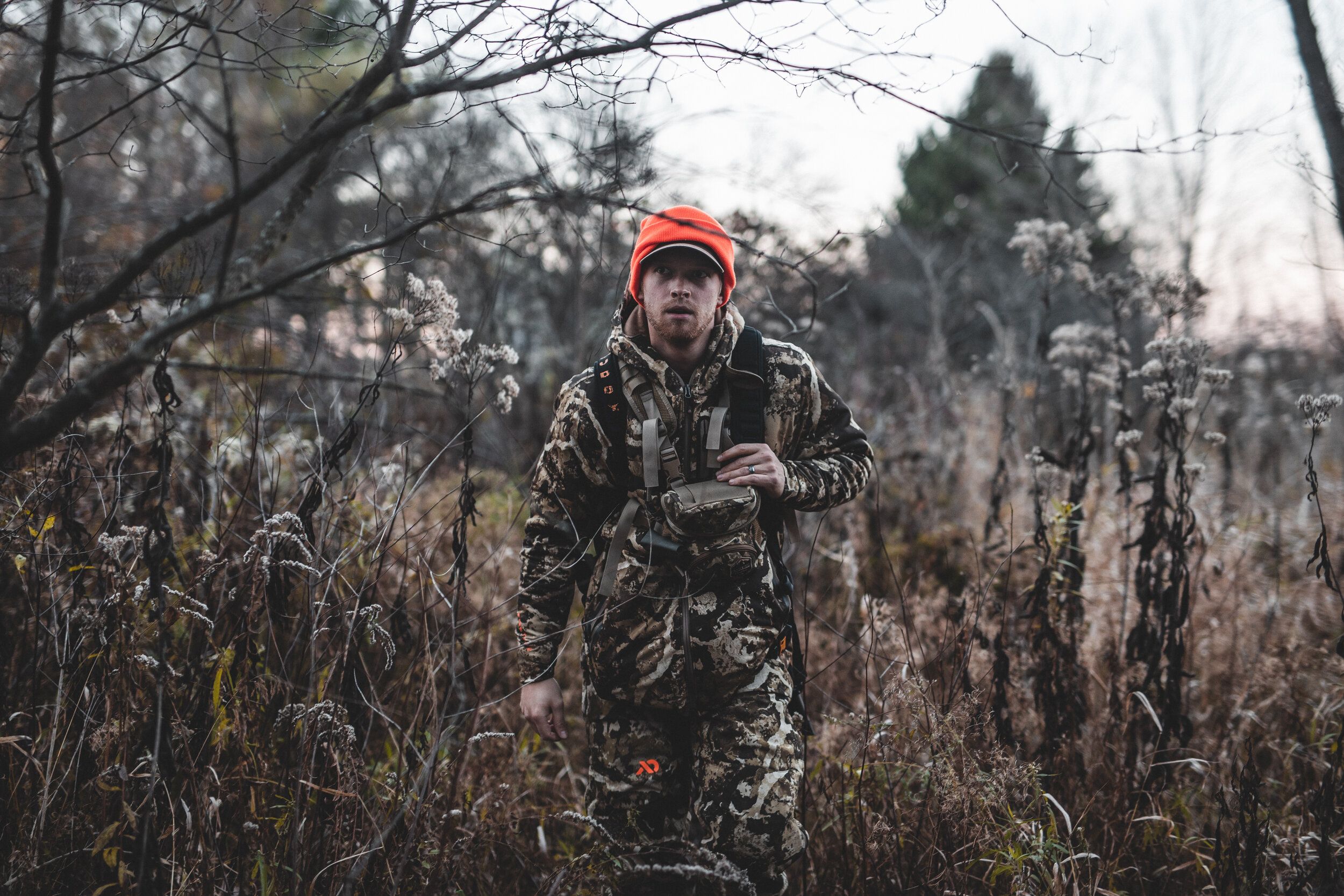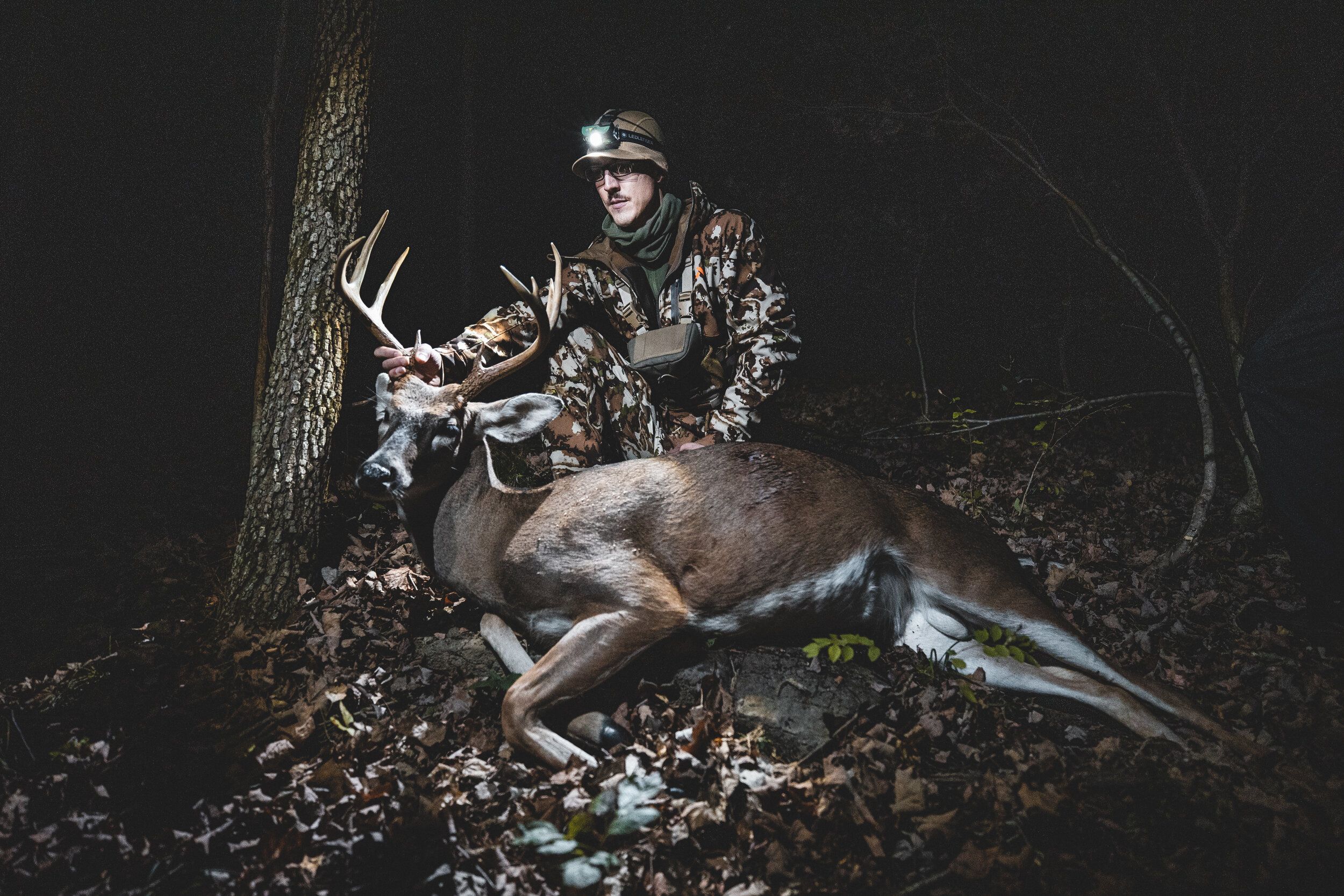Field Guide / Hunting Tips
How to Hunt the Wind Like a Pro
Every hunter knows how keen a whitetail deer's sense of smell is. Some studies estimate that the deer's ability to smell is about 10,000 times stronger than a human's. However, as a deer's number one defense against predators, many hunters often overlook their sense of smell.
Previous in Hunting Tips
More Content Like This
8 Tips and Tricks For Opening Day of Gun Season
Despite where we are all from, how long our state's season lasts, how old we are, or how many deer we have filled the freezer with, we all have the magic of opening day in common. Whether you have hunted 30 opening days or this is your first one, it...Read More
Read More
How to Stay Hydrated When Hunting in Summer Heat
Usually, around this time of year, I start getting antsy. I begin making plans for food plots, staring at maps for new areas to scout, and figuring out where I want to shuffle around my hunting stands. But this is also the time of year when daily hig...Read More
Read MoreHow to Trick Trophy Bucks Using Scents, Calls, and Decoys
Every hunter knows that bagging trophy bucks is a mixture of skill and luck. You must have the shooting skill to put the big boy down. However, the skill in trickery and deceit plays a significant role in getting a nice buck in range.Read More
Read More Hunting Tips
Hunting Tips8 Tips and Tricks For Opening Day of Gun Season
Despite where we are all from, how long our state's season lasts, how old we are, or how many deer we have filled the freezer with, we all have the magic of opening day in common. Whether you have hunted 30 opening days or this is your first one, it...Read More
Read More Hunting Tips
Hunting TipsHow to Stay Hydrated When Hunting in Summer Heat
Usually, around this time of year, I start getting antsy. I begin making plans for food plots, staring at maps for new areas to scout, and figuring out where I want to shuffle around my hunting stands. But this is also the time of year when daily hig...Read More
Read More Hunting Tips
Hunting TipsHow to Trick Trophy Bucks Using Scents, Calls, and Decoys
Every hunter knows that bagging trophy bucks is a mixture of skill and luck. You must have the shooting skill to put the big boy down. However, the skill in trickery and deceit plays a significant role in getting a nice buck in range.Read More
Read More
1 of 3